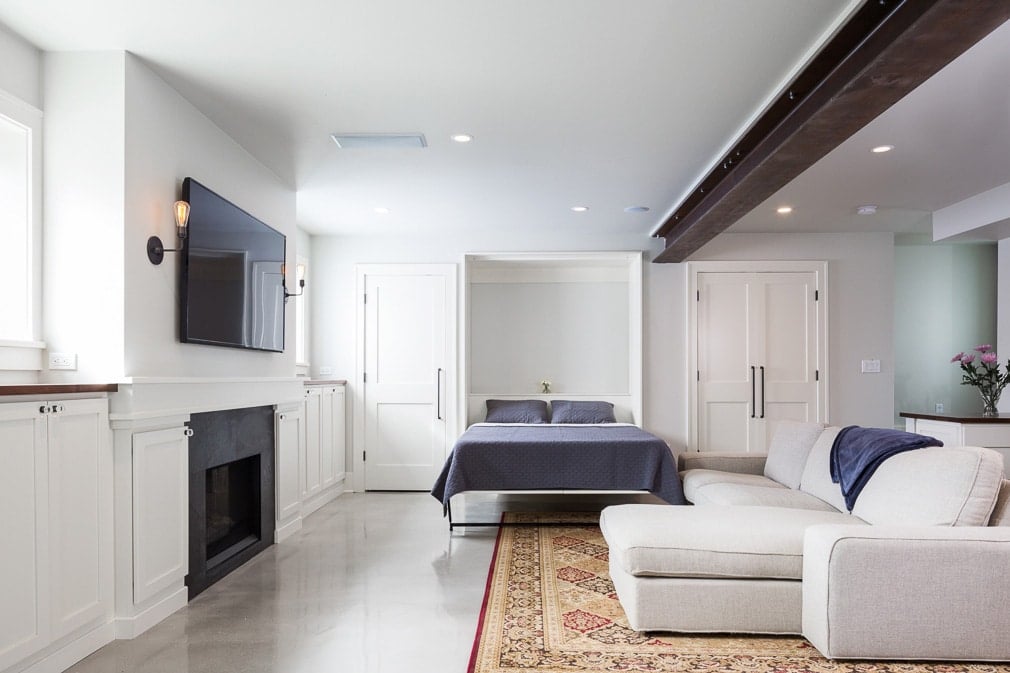Accessory Dwelling Units (adus) & Backyard Cottages in Seattle
ADUs are additional residences built on the same property as an existing single-family home. These units generally have everything a larger home would have including: a living room, bedroom, kitchen, bathroom, and a private entrance. ADUs offer flexibility as your needs change.

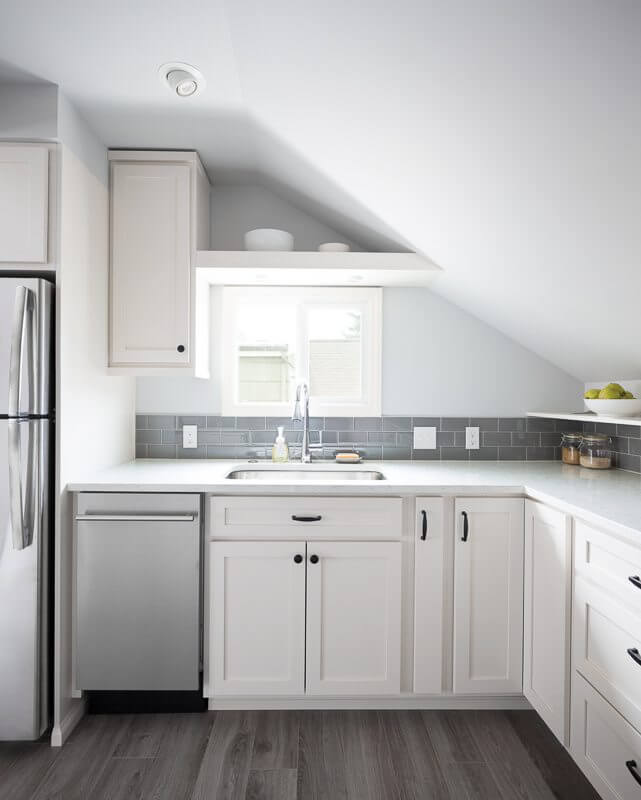
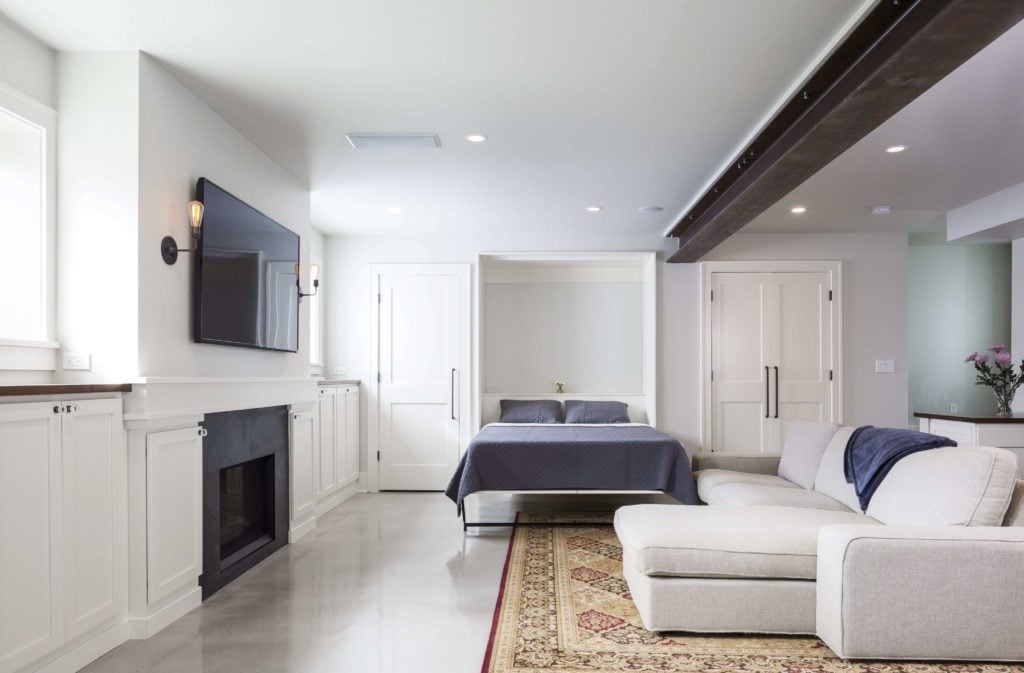
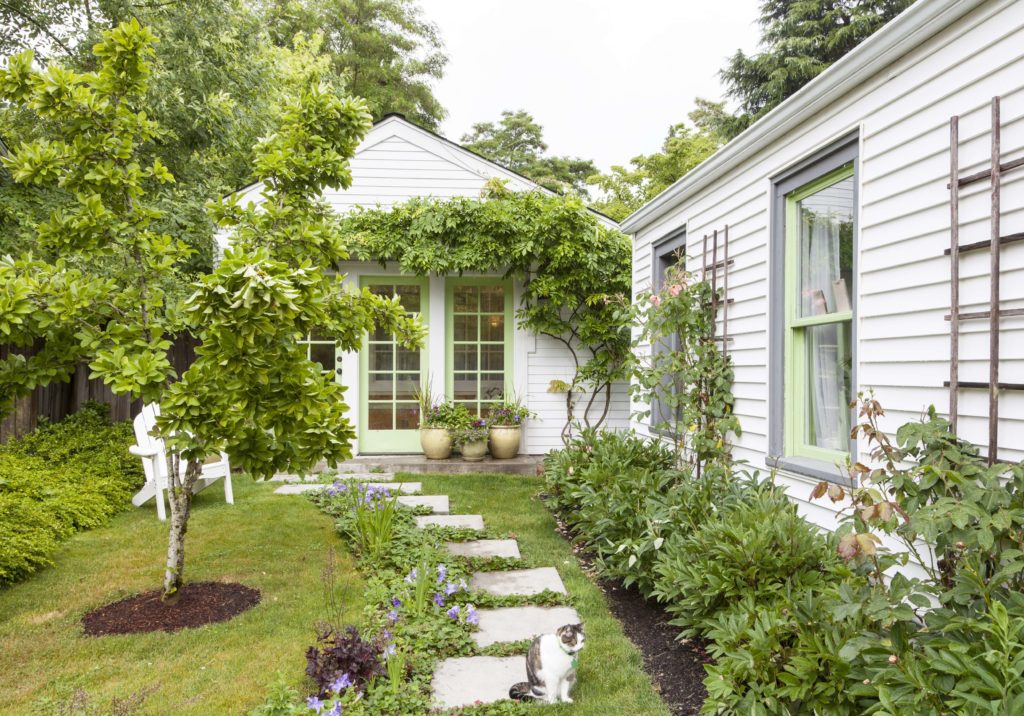
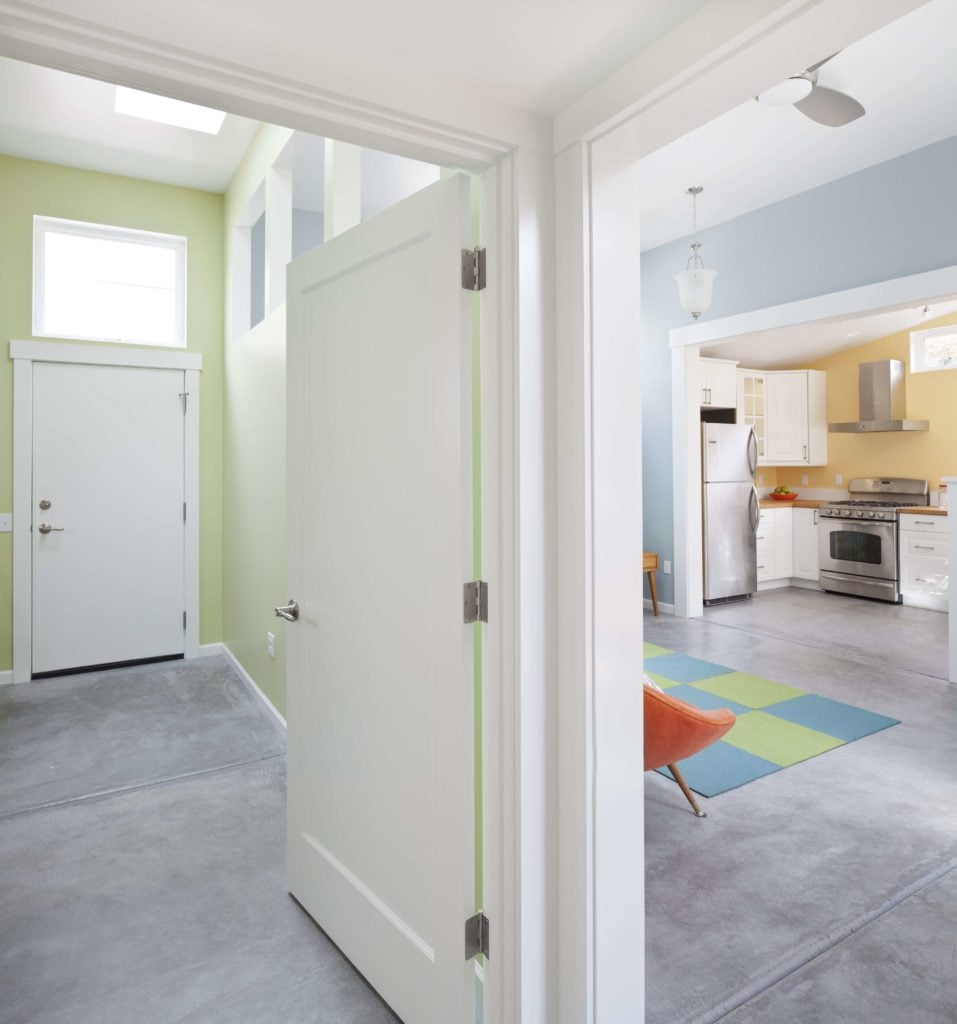
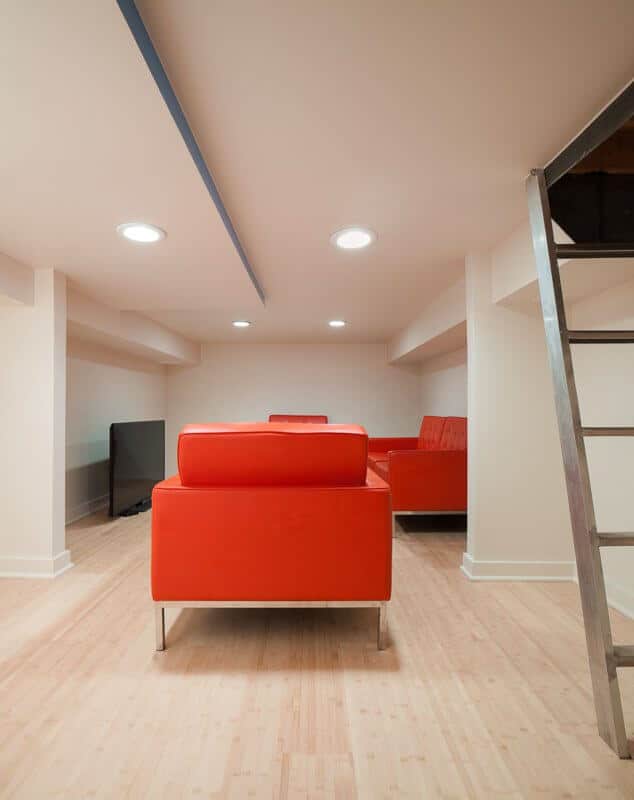

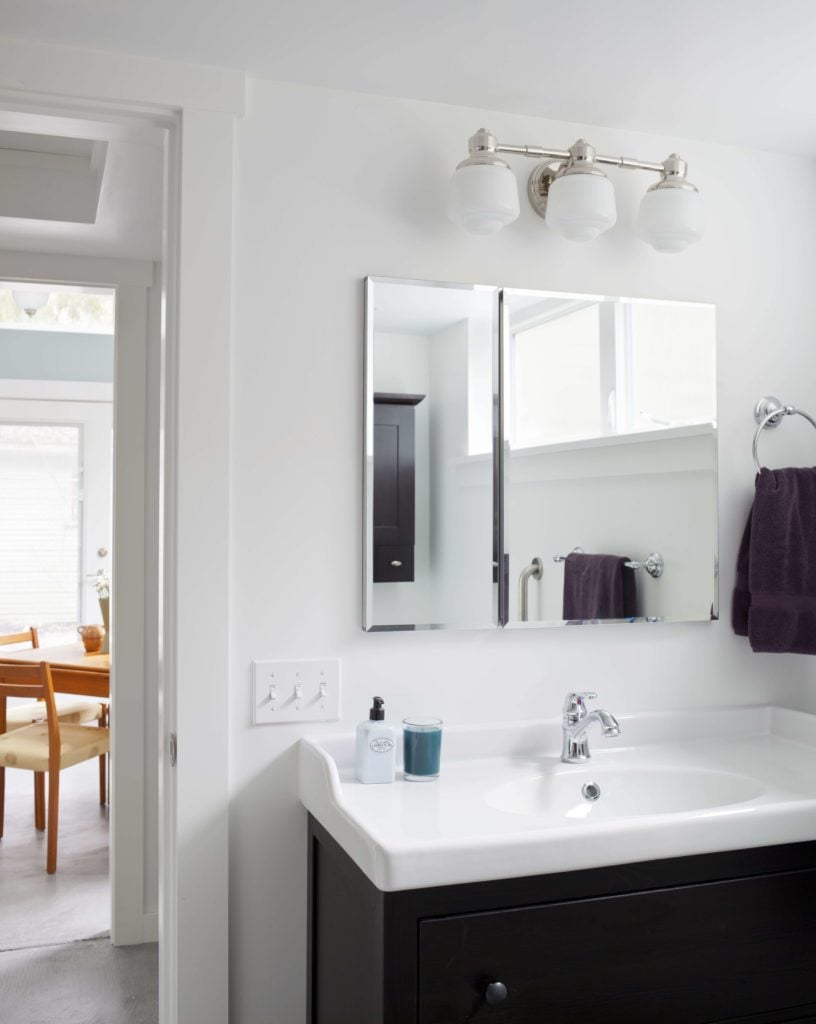


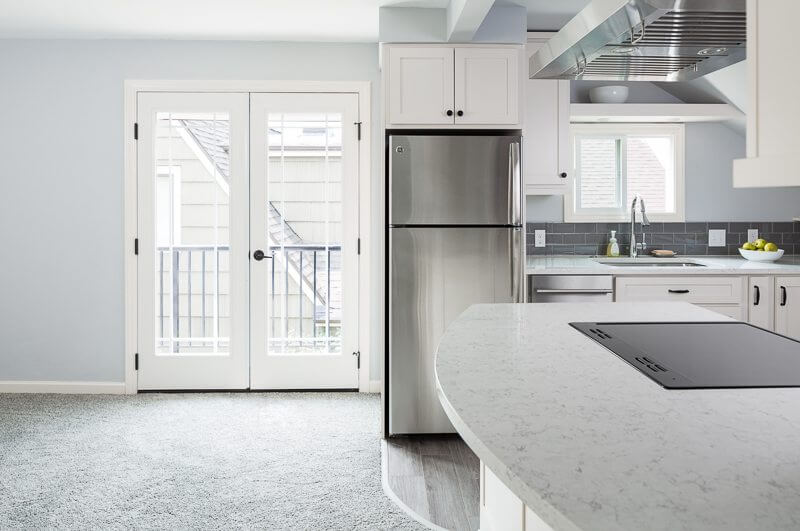
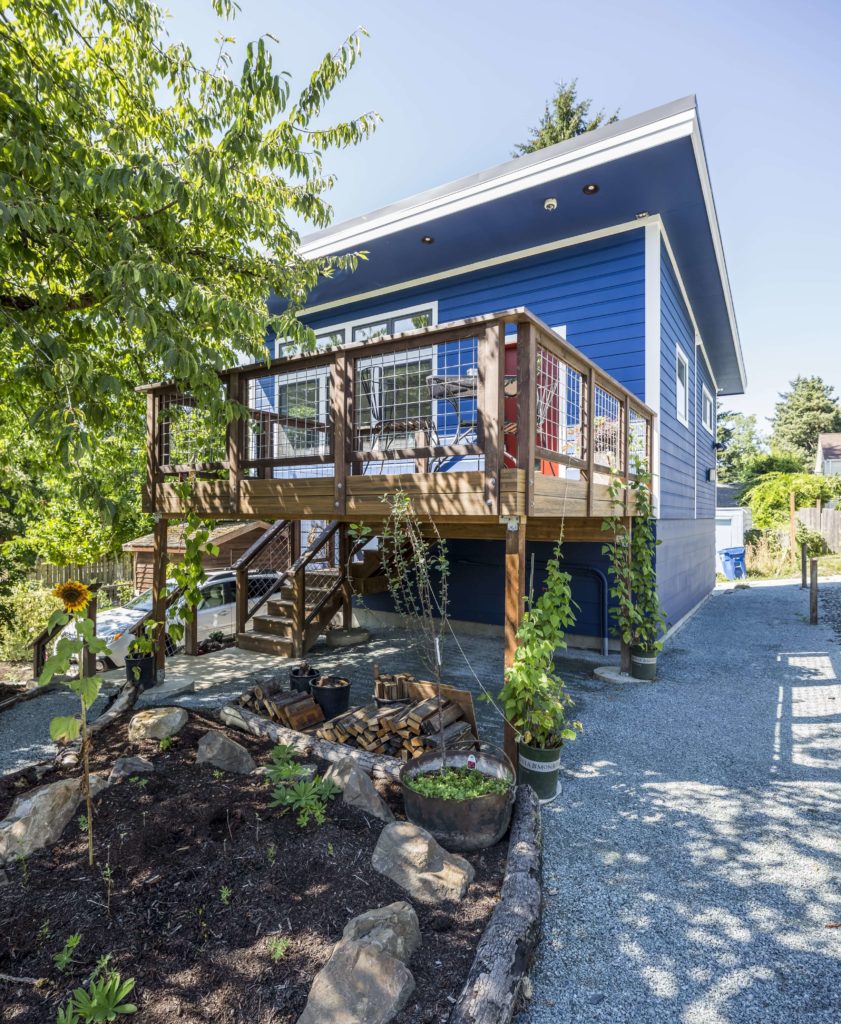


The Many Benefits of Building an Accessory Dwelling Unit
Would you like a private space for out-of-town guests? A home for an aging parent? Or maybe a way to make some rental income? Accessory Dwelling Units (ADUs), also known as mother-in-law units or backyard cottages, are dwelling units built on the same property as an existing single-family home.
The reason accessory dwelling units are gaining in popularity is because they are as fun as they are practical. Their greatest benefit is flexibility. ADUs can be attached to your home, most commonly in your basement level, or built as freestanding structures. How you use the space can easily evolve as your needs change. A rental apartment one year can become a home office the next.
In 2019 there were major updates to the Seattle building code, making it easier for us to design and build ADUs that complement the neighborhood they are in. We’ve been a top Seattle ADU contractor for many years, focused on quality craftsmanship, building to code and creating highly functional spaces. We hope our reviews speak for themselves! Let us guide you through the process from start to finish.
SEATTLE LAWS AND REGULATIONS ON ADUS
In the summer of 2019, Seattle City Council voted unanimously to make it easier for homeowners to permit, design, build and rent ADUs. The new rules relaxed some restrictions, and allowed for larger and taller DADUs. This was great news, as we’ve always viewed ADUs as a smart solution to affordable housing in our rapidly growing city. We dive into the specifics here: Seattle ADUs and DADUs: The New Rules. If you’re unsure if your home is a candidate for an ADU, our Client Services team is happy to come visit your property and help you determine project feasibility.
TYPES OF ADUS WE BUILD:
Attached Adus
ADUs are secondary housing units, attached to the main home, on a single-family lot. Much like DADUs, they are often used as rental units or housing for an aging relative. Attached ADUs are typically small residences with compact versions of typical home amenities (kitchenette, ¾ bath, etc.)
Basement Adus
It is becoming increasingly popular for homeowners to convert their basements into self-contained living spaces. Basement ADUs provide the flexibility of a rental space, without having to build a new structure.
SEATTLE ADU Faqs
Do I need a permit to build an ADU in Seattle?
Yes! ADUs must meet current standards of the Seattle residential, building, mechanical, electrical, energy, land use, environmentally critical areas, and shorelines codes. There are different permits depending on the type of ADU you are building, which can be found on the SDCI Accessory Dwelling Unit website.
How do I know if I am zoned for an accessory dwelling unit?
In Seattle, you can build accessory dwelling units on a single-family (SF5000, SF7200, and SF900), Residential Small Lot (RSL) or lowrise (LR) zones, and in some cases in neighborhood or commercial zones. The rules and requirements for each zone can vary, and can be found online via your city’s department of construction, planning, development, etc. The first step in our process as an ADU builder is determining your project feasibility with the city.
Can I convert a garage into an accessory dwelling unit?
Absolutely. It is common for garages to be outfitted as ADUs, or to build an ADU on top of an existing garage. Both attached and detached garages can become a garage ADU. Above-garage apartments take advantage of existing structure and can be very flexible if your use for the space changes later.
How many square feet can my ADU or DADU be?
The size of your ADU is limited by the square footage of your main house. Currently, Seattle code limits the size of an ADU/DADU to “no more than 50% of the main home’s square footage”. For example, if your main home is 1500 square feet, you are limited to an ADU of 750SF or less.
How many people can live in an accessory dwelling unit?
The total number of residents in both the primary home and the accessory unit(s) is typically limited to 8 or 12, depending on the lot and number of ADUs. There are exceptions for relatives.
Are there off-street parking requirements for an ADU?
Not currently. Prior code for ADU’s required off-street parking, but those rules were relaxed in the last round of Seattle ADU ordinances passed.
What is considered an accessory non dwelling unit?
In addition to your home, you can build a number of accessory structures on your property including sheds and garages. The difference is, those structures are not intended to be residences, and do not have to meet requirements (kitchen, bathroom, etc.) for that purpose.
What is a backyard cottage? Carriage house? She Shed? Man Cave?
These are all alternate names for ADU. Backyard cottage and carriage house are often used interchangeably, depending on the region. Terms like “She Shed” and “Man Cave” are playful terms used to describe ADUs or DADUs that are specifically built to be secluded hideaways where someone can customize the space entirely to their individual liking instead of input from others in the family.
How much does an accessory dwelling unit cost?
It depends on a number of factors: attached vs detached, existing systems, materials, design and more. Keep in mind that building an ADU requires all of the elements of a larger house, only designed to fit a smaller footprint. For a brand new detached accessory dwelling unit, we typically find the investment to start at $350,000. The average investment necessary for an attached ADU is significantly less.
